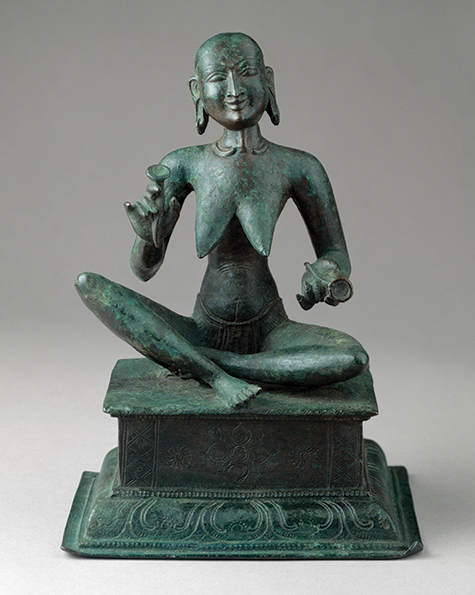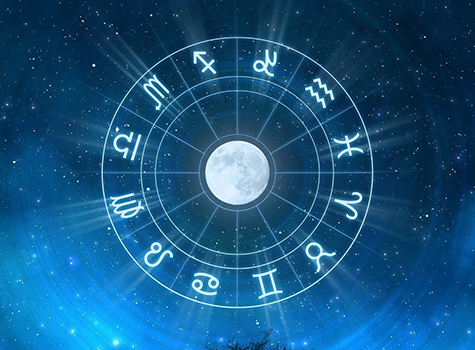By Preethi Sriram
 As an adult dance student, the physical concept and awareness of the body can come into play. For instance, how far can one “sit” in the aramandi position. Are the jumps as high? Are the squats as low. How fast can one move in the three speeds?
As an adult dance student, the physical concept and awareness of the body can come into play. For instance, how far can one “sit” in the aramandi position. Are the jumps as high? Are the squats as low. How fast can one move in the three speeds?
Awareness of the body is important in dance; for instance, eating proper foods to have the energy to complete a dance, stretching properly to avoid injuries, as well as knowing how to modify moves as needed to protect oneself.
While awareness is important, hyper awareness of our physical being is something that society seems to have grappled with from various cultures and at different periods in time.
Many have heard the term Fountain of Youth. That phrase conjures up mental pictures of a conquistador in search of a water source that is restorative.
Today, this fountain can be explored in consumerist culture. There are so many products and potions that provide alluring promises.
While there is nothing wrong in putting one’s best foot forward, there seems to also be somewhat even more interesting cases in the quest for the everlasting.
In the sciences, it is being researched how to extend human longevity.
There are medicines that are currently on the shelf for different diseases, that seem to have anti-aging effects that are being studied.
Some people have made it their mission and motto to not die and to stay forever young.
All of this is of course the human desire to come to as close to infinity as possible, which is but an instinct that can be found in other life forms.
Scientists found that desire in a roundworm, which was frozen for more than 46,000 years in Siberian permafrost in a state of cryptobiosis. Once it was thawed, the roundworm started to self-reproduce.
While all of this is very impressive, and the drive for discovery, innovation and improvements is needed, looking at radical opposite examples can be just as fascinating if not awe-inspiring.
A great figure within Tamil Literature is a Shiva Devotee from the 6th century known as Karaikkal Ammaiyar whose name was Punithavathi. She was born to a wealthy family in the Chola Kingdom, and as a child, showed devotion to Lord Shiva. She initially was married, but there was one incident that would change the direction of her life.
Her husband witnessed a miraculous event that she had prayed for to occur, and because of that, her husband could no longer see Punithavathi as a wife, but as a goddess incarnate. He thus left the home and noted to her that he was leaving for business. Without her knowledge, he moved to another town in the Pandya Kingdom. He found another wife and had a child which was named Punithavathi after his first wife.
When she heard rumors that he was with another wife, she went to the Pandya Kingdom to search for him. There, he mentioned to her that after the miracle that he had witnessed from her, that he no longer saw her as a wife, but as goddess incarnate. He begged for her forgiveness and asked for her blessings.
When she learned of this, what she prayed for is what can be considered truly stunning.
As a beautiful woman, she fervently prayed to Lord Shiva to take away her physical beauty. This was her desire.
Exploring this, especially from a modern-day perspective, one would question what was her rationale to pray for this?
Couldn’t she just have prayed for her husband to come back/reverse the situation? Wouldn’t there be some more practical requests?
While that can be further delved into, philosophies within Sanatana Dharma relay the impermanence of the physical body. Being overly attached to the physical form can also delude one to the nature of reality. In this story, Punithavathi realized that she no longer needed her physical beauty and did not want to be deluded by her physical form which she felt was a distraction in her worship to Lord Shiva.
But can that sentiment relate in the modern world or is this just a tale that is no longer relevant? Can the old tale benefit the new era?
I believe it can. As an example, do we need to physically see a person to know their characteristics? Or can we understand them by their actions? In this world, there are many who are deluded by their physical appearance. There are various studies that demonstrate how physical form impacts real world perceptions of the person and groups. In its most nefarious form that is still pervading in the modern-day world is within the real concept of racism. The form deludes individuals and groups that we are separate from each other, and not part of a bigger family. But the most recent science shows that race is a social construct.
Punithavathi embodies the virtues of a well-known Sanskrit Subhashitham through her actions. She provided charity to the needy (Hastasya Bhushanam Dhanam). She speaks the truth (Satyam Kanthasya Bhushanam). She understands the message of the texts and has faithful devotion (Srotrasya Bhushanam Shastram). Her actions decorated her and made her beautiful, not her physical form.
Punithavathi felt she no longer needed her physical beauty, but her actions are what makes her beautiful (Bhushaniahi Kim Prayojanam).
Lord Shiva granted her wish. Far from her initial form, she describes herself as a ghost and graphically notes herself to have red hair, fangs, protruding eyes and bulging veins. This portrayal is used as a later inspiration for a 13th century statue made to commemorate her.
As a devotee, she was able to focus her attention not on appearance, but her devotion. She composed poems in praise of Lord Shiva in the Tamil language.
But her physicality did not leave her. During one of her pilgrimages to Mount Kailasa, she determined that she did not want to walk on the holy land of Lord Shiva with her feet, so she went to the holy site walking upside down. The amount of Shakthi or energy she had within herself, because of her devotion, gave her the power to be able to cross the holy grounds.
While some may see this as fantastical, there may be certain ideas that can be applied within our daily lives. What can be learned from this inspirational woman, Karaikkal Ammaiyar? We cannot all do exactly what she did because each of us has a unique path, but we can take inspiration. For instance, maybe we can learn to not judge ourselves so harshly; if we cannot make that high jump, we did the best we could. If there are upsets in life or someone may have hurt us, we can practice compassion and continue our journey forward without bitterness. We can learn to accept change.
With form, we should not overly worry about what society expects for how we should look. We are made the way we are from the divine grace within the conditions we are given. This can be seen from the logical vantage point of some places being hotter, some place being colder, thus each of us having variations and from the philosophical viewpoint of unity in diversity and us being a family.
Karaikkal Ammaiyar used her head (knowledge) and her bhakthi to write beautiful poetry and to be able to see Lord Shiva. When she reached Mount Kailasa, Lord Shiva seeing the true devotion of this woman, addresses her respectfully as a Mother and grants her a boon.
Her request is that she never forgets Him, and that He dances for her. Lord Shiva agrees and requests that she go to Thirualangadu so she can watch Him perform.
Again, there is much that can be taught from her desire to watch Lord Shiva, the King of Dance, perform. Albert Einstein is noted for saying that everything in life is a vibration. Whether we look from the logical vantage point of everything vibrating, or to the artistic of sculptures and paintings and writings, the different vantage points seem to somehow converge.
But how to understand this for oneself and experience this?
If we can move past the superficial, and allow ourselves to see deeper, maybe we too can experience that cosmic dance. If that third eye can be opened, one can then maybe achieve timelessness.
Preethi Sriram is an enthusiast and lifelong learner of classical dance. Contact: srirampreethi@hotmail.com



